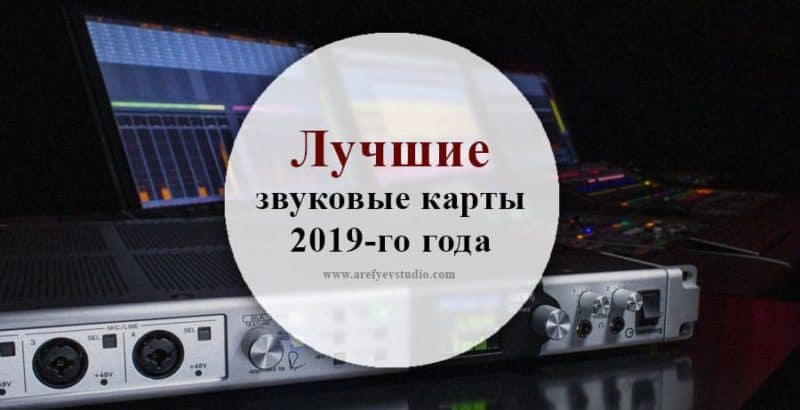After a long break, reviews of the best plug-ins for processing instruments and mixing music, we decided to make out a few bad habits of young performers that could ruin the quality of vocals accumulation in a recording studio. The correct source allows you to not only get an excellent result after manual tuning, but also prevent unwanted distortions, overloads, artifacts in the form of saliva and much more.
The vocalist is close to the microphone
You can try to reduce the level of unwanted rooms by setting the microphone as close to the performer as possible, but this approach causes side effects (although it is effective in some cases). The voice becomes heavy, with a lot of sibilants, chest and treble. This will complicate further processing, especially when you need to add a present, and whistlers will directly interfere with this. A good rule is to place a microphone when recording vocals at arm’s length from the capsule – for vocal, loud and dynamic parts. The distance from the tip of the thumb to the tip of the little finger is for recitative, measured and literary works. Omni-directional microphones are not suitable for this observation, since they do not suffer from the proximity effect.
— See also: 7 best reverb plugins for mixing music —
Too few recorded parts

Some performers prefer to record a couple of parts, while others are ready to spend hours in a recording studio and provide a large number of tracks to choose from. There is no right way, but it must be borne in mind that if there are not enough materials in the project, then in the case when the executor said a word incorrectly, there will be nothing to replace it with. The same applies to additional backing parts, artistic authoring effects and vocal hooks. Do not leave the sad task of a mixing engineer from one track to make backs, FX transitions and spatial layers. It almost always sounds bad.
Slight differences in tone, dynamics, and manner of performance can highlight a voice in a song, even if these tracks are placed in a group of backing vocals. On the other hand, to record 50 identical parts, there is no need (they will simply be excluded from the project), this will save a fair amount of time and money.
Set your headphones to the proper level
We often have to deal with materials where background sounds (especially music) are captured by a microphone. We can state with certainty that it is almost impossible to cut it out (even if subjected to rigorous processing by gates and iZotope RX, they degrade the integrity and brightness of the frequencies). This is an important point, especially when you need to manually correct the notes of the voice, and background music will change with it in tonality and later layered on the original instrumental.
If your artist cannot hear himself, or the music seems too quiet to him, pick up other headphones (more tightly sitting on your head), set the correct dynamic levels and explain to him what the increase in the overall volume is fraught with. At least, you can make a couple of takes, which will be used in the project in the future, until you find the right ratio.
— See also: The best budget headphones of 2018 for a recording studio —
Comfort for the customer

Make sure that the performer is comfortable in the vocal booth. He should have a review for reading text from paper or devices such as a phone, otherwise he may quickly lose focus during the accumulation of material. Free up the room and give it more personal space. Often a client feels uncomfortable with a sound engineer who sits in the control room opposite him and oversees the process.
Take into account reviews
It is easy to take a dominant role in the production of music, dictating to customers how and what to do, especially if you are a producer or engineer. Yes, these professions are of vital importance in the music business, but try to listen and make decisions together with the vocalists, because they pay for this time and with high-quality results, they will be ready to return and make some more good songs.




